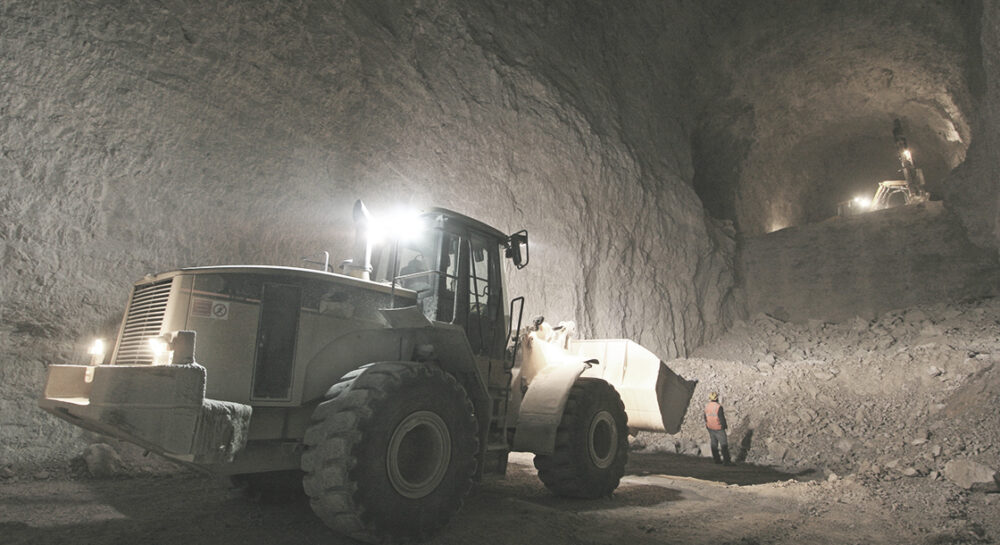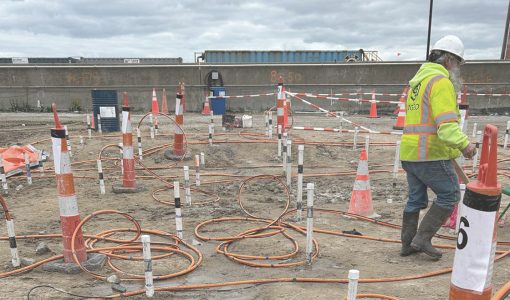While underground mines are unquestionably safer than they once were, accidents and injuries associated with mobile machinery remain a primary concern.
For years the United States National Institution for Occupational Safety and Health (NIOSH) has conducted studies and research on this topic and has stated that more than 40% of the most serious injuries (fatalities and permanent disabilities, 2000–2007) in the mining industry involve accidents classified as struck-by or caught-in machinery and powered haulage equipment.*
This research suggests that improving safety awareness within underground mines is a top priority for the mining industry. The problem is that even with the best training regimen and practices, the dangers of mistakes being made, or workers unwittingly coming into contact with machinery, will still exist.
CAN PROXIMITY DETECTION IMPROVE SAFETY TRAINING?
Electromagnetic proximity detection systems – like Strata’s HazardAvert® – have recently become more prominent in select global mining markets as a warning system to alert workers and vehicle operators when they are too close to machinery or workers-on-foot.
The system works by creating a two-way communication between equipment and personnel with the use of system generators and Personal Alarm Devices (PADs). The generators create electromagnetic ‘zones’ around machinery and highlight areas of potential danger for workers-on-foot. The PADs worn by workers detect these zones. The system alerts workers who have entered a zone by triggering alarms on their PADs. Simultaneously, the equipment operator receives alerts in the operator’s cab.
While these systems have been proven to improve safety as a whole, they can also provide crucial data about daily activities and unsafe work practices. Data that can be beneficial to safety training.
COLLECTING THE DATA
A part of ensuring long-term mine safety is learning from mistakes. Systems like HazardAvert record and store interaction data, including alarms triggered, the individual(s) triggering them, and the duration of time spent in direct danger. This data can be retrieved and used in post-shift safety reports and training evaluations.
Using this information, mine operators can determine how often workers are putting themselves in harm’s way and can identify what specific training and guidance is needed.
If required, this identification can be narrowed down to each individual, so if the same person is continually triggering the system, they can be given additional training, without the expense of training the entire workforce.
Similarly, machine operators not knowing or not following proper procedures, and potentially putting other people at risk, can be assigned to additional training courses.
At the request of the mine, HazardAvert has the ability to be interlocked into the controls of the equipment to automatically slow, stop or disable it if the ‘hazard zone” is breached. If a worker enters this zone or stands in a position that is covered by the zone, the equipment will stop. Only once the individual moves will the system allow the equipment to restart. This safety measure forces the worker to recognize the parameters of safer working areas and will subsequently train them to remain in safer positions while operating.
CAN HAVING PROXIMITY DETECTION WORK TO SAVE MINES MONEY?
Some countries have mandated the use of proximity detection and collision avoidance on select equipment in their mining operations; however, for most mines, there is no statutory requirements. It is up to the discretion of each operation whether or not to integrate the technology.
As such, it would be easy to view proximity detection technology as an expense that is not strictly required.
However, accidents can have a serious impact on the operation’s finances as well as the trauma involved.
Time lost while the injured worker is recovering, any further loss of operation time while investigations are carried out. Additional costs of replacing damaged equipment and increased insurance expenditures and potential workers compensation, are all possible expenses involved in an accident. Preventing these accidents could result in substantial savings for the organization. And most importantly, personnel safety is enhanced and highlighted.
***
*(CDC - Mining Topic - Proximity Detection - NIOSH (last updated 9/22/2015). Retrieved from https://www.cdc.gov/niosh/mining/topics/ProximityDetection.html.



